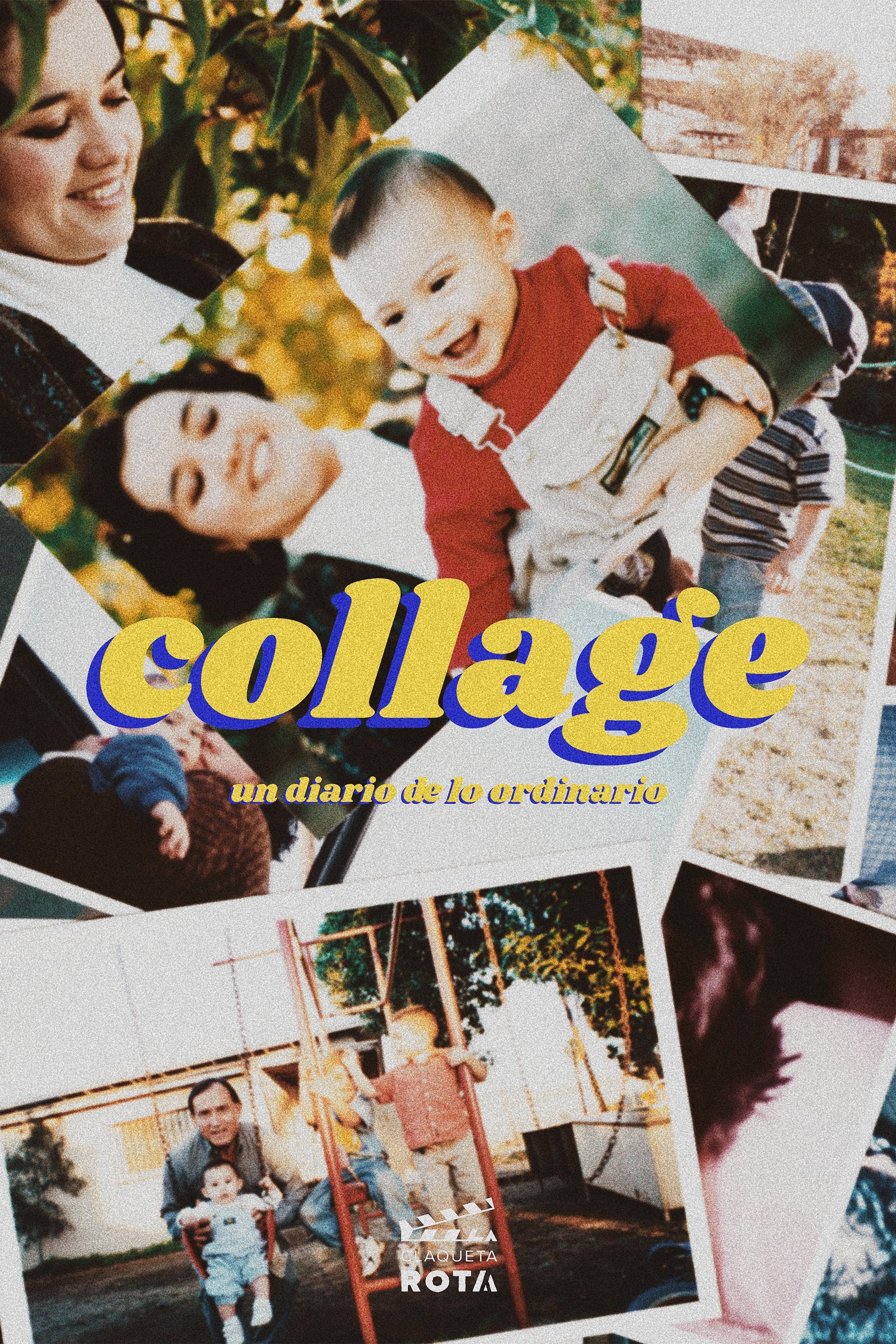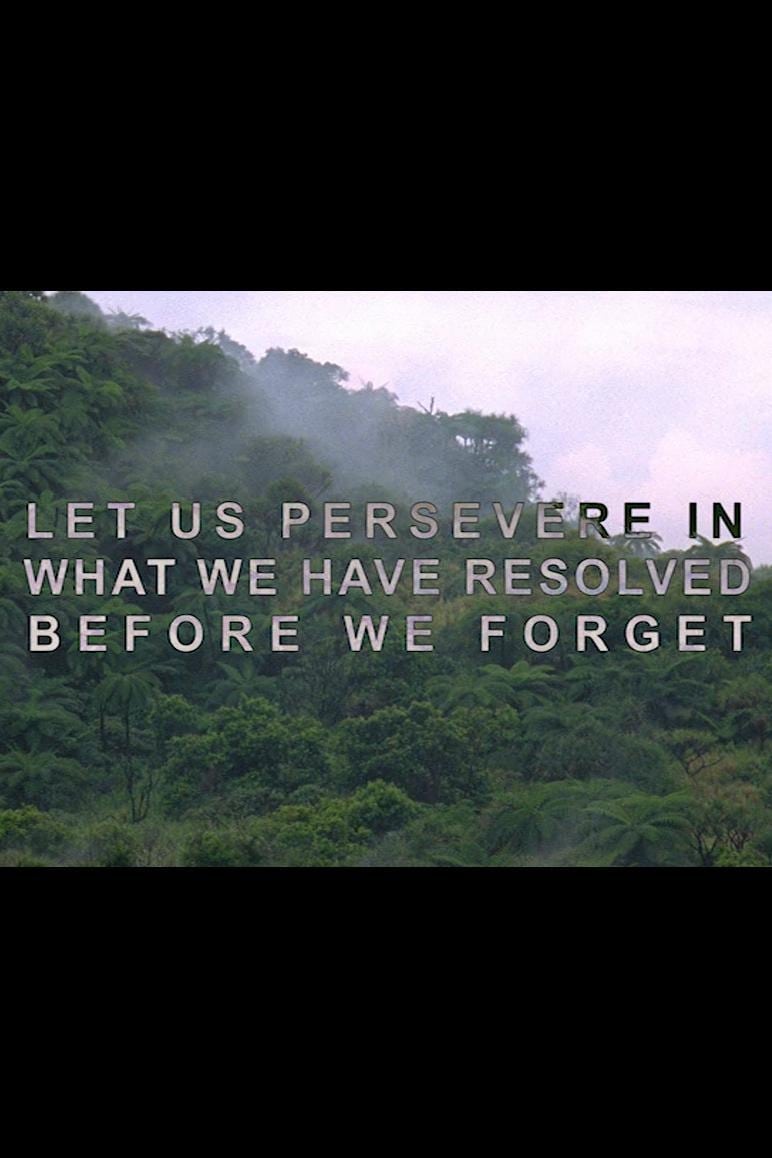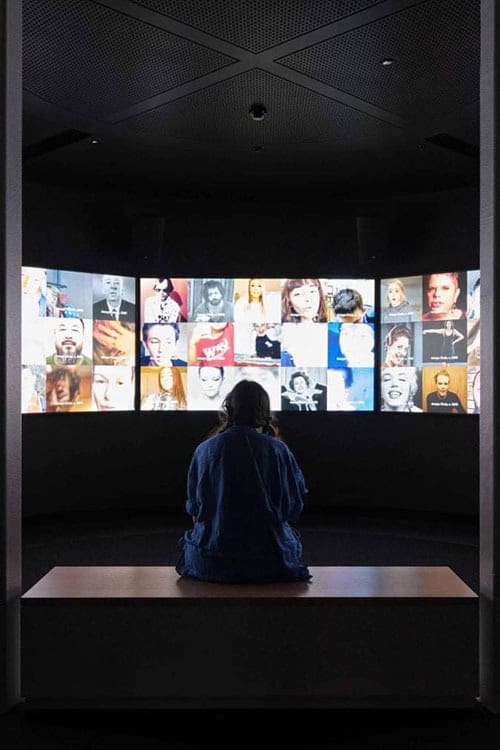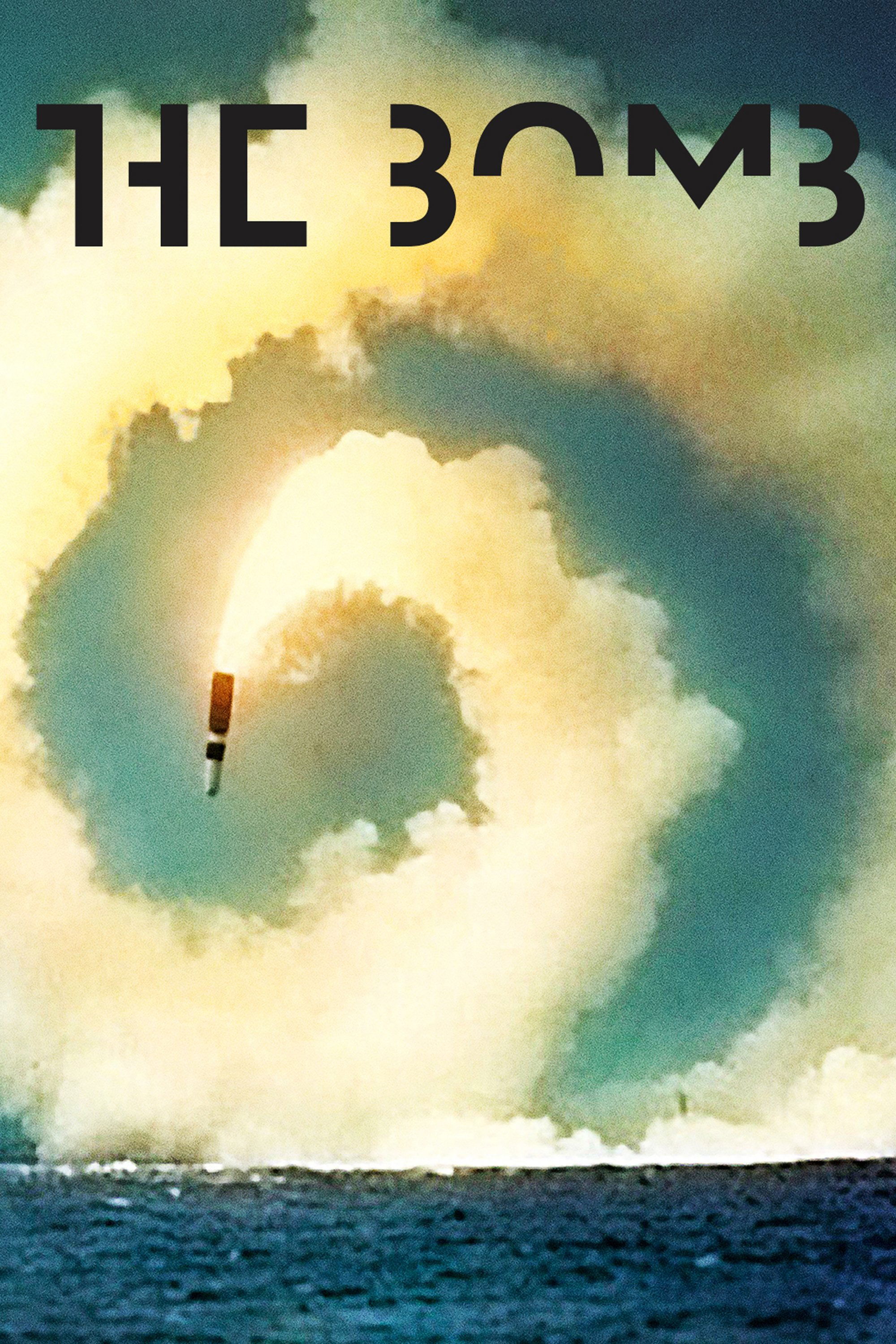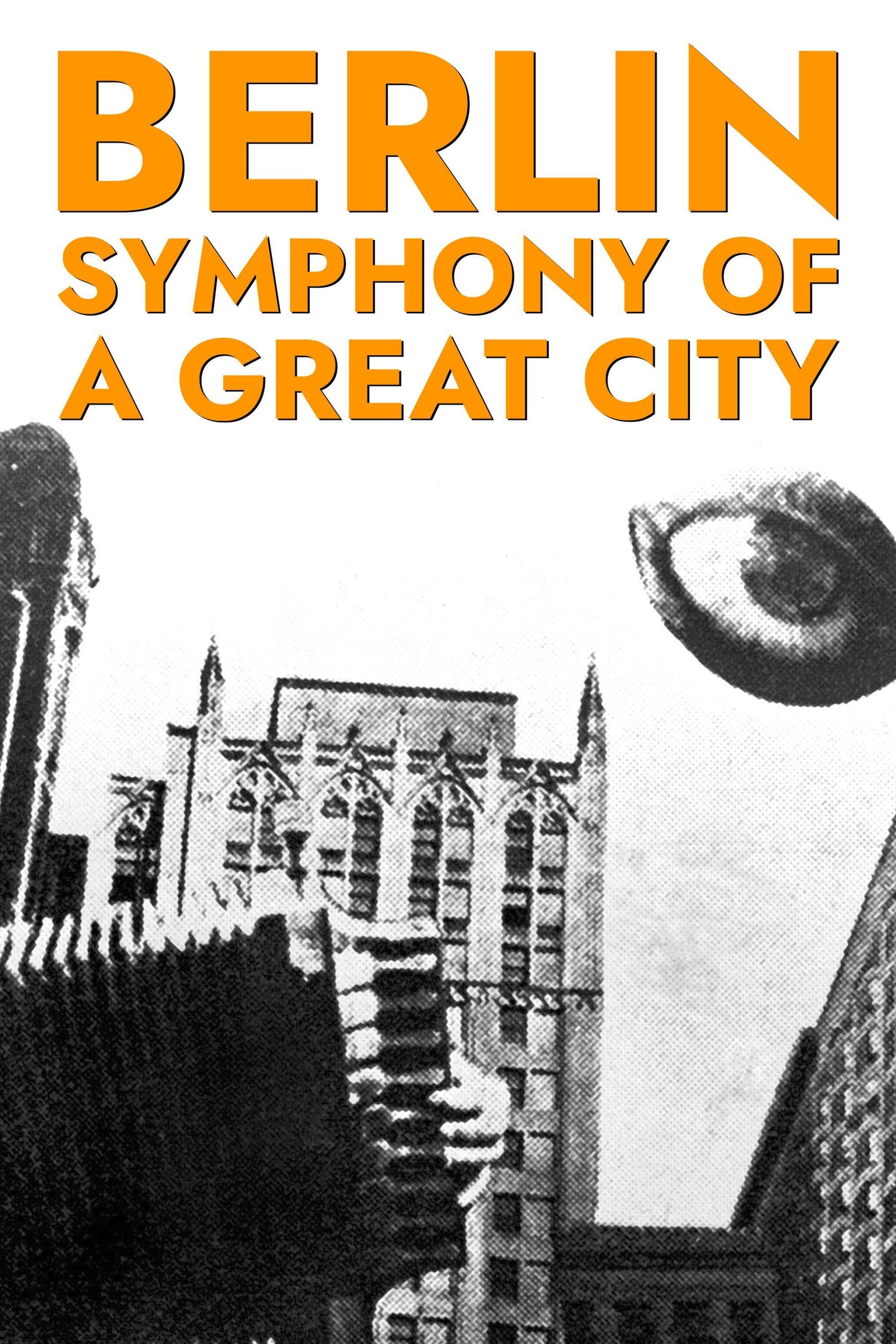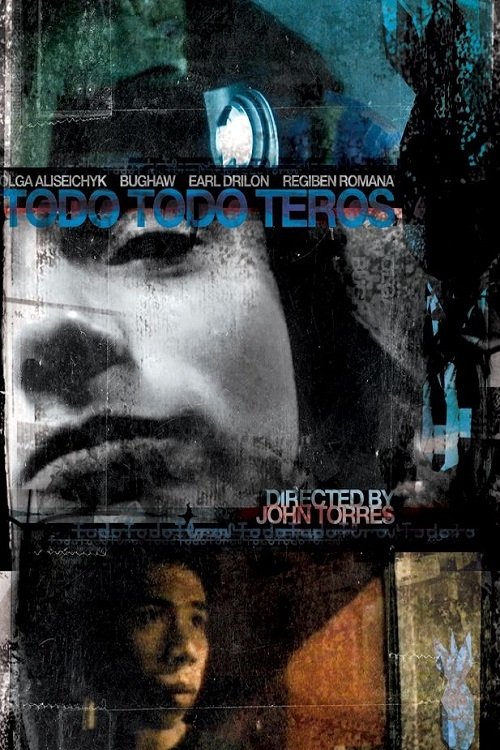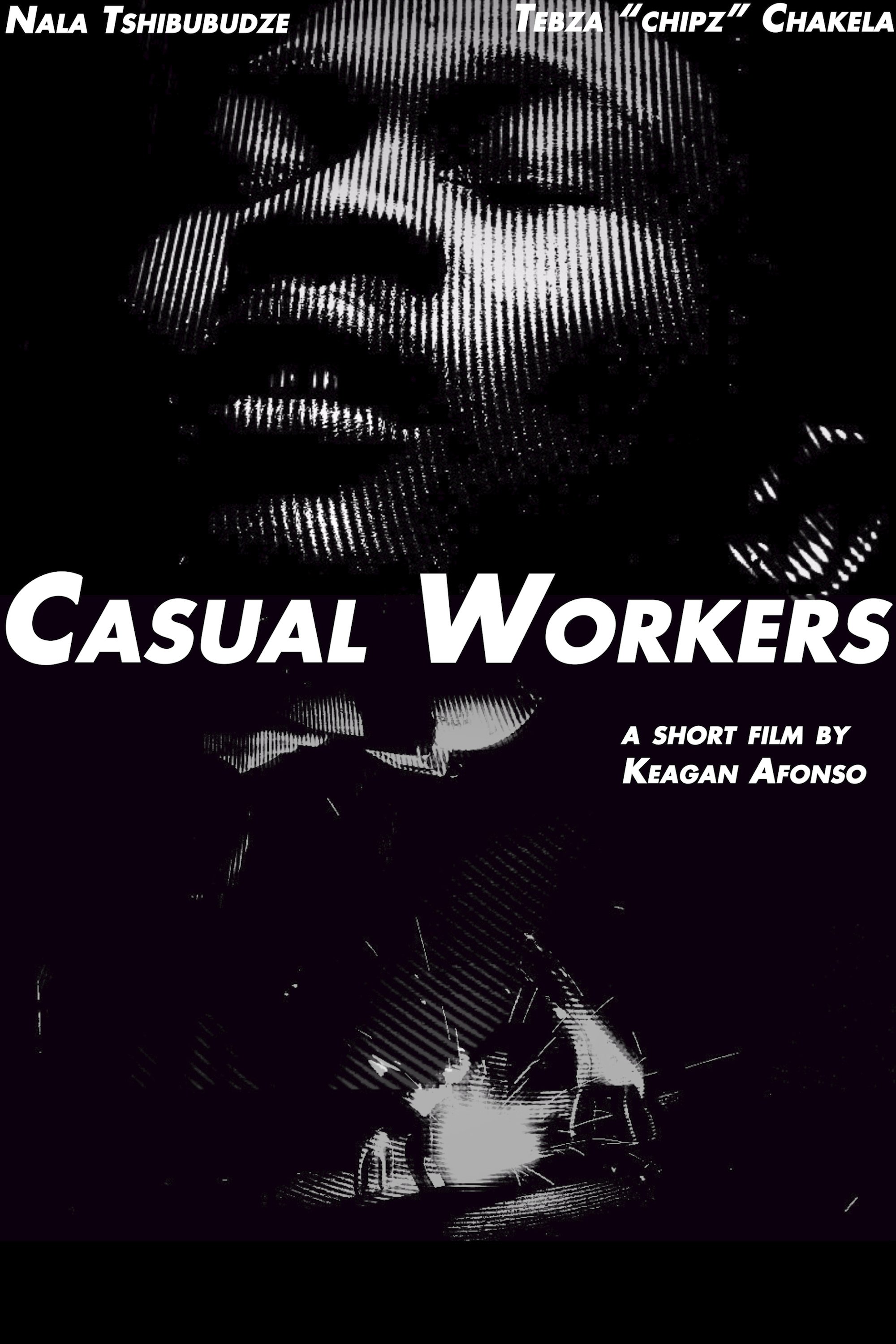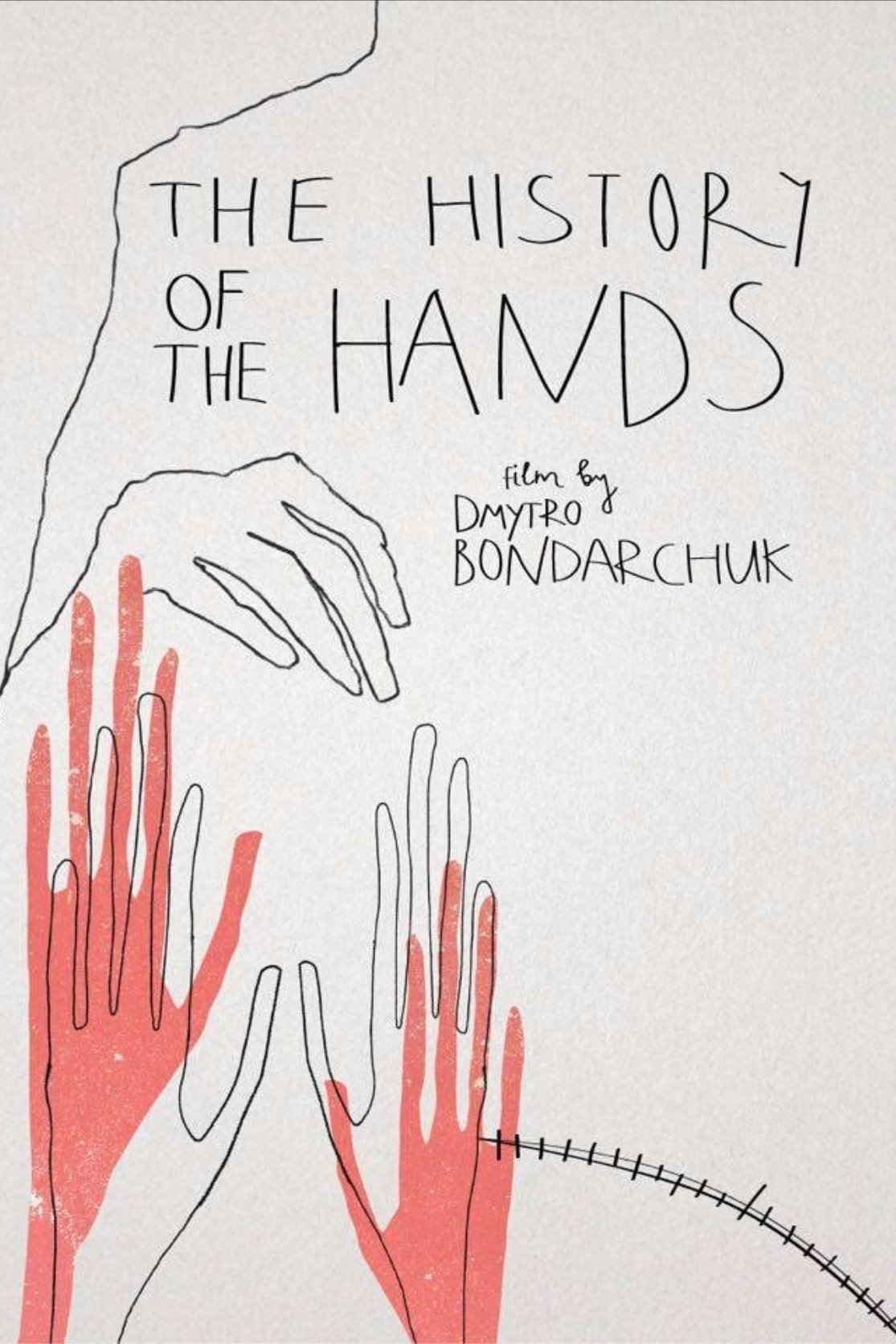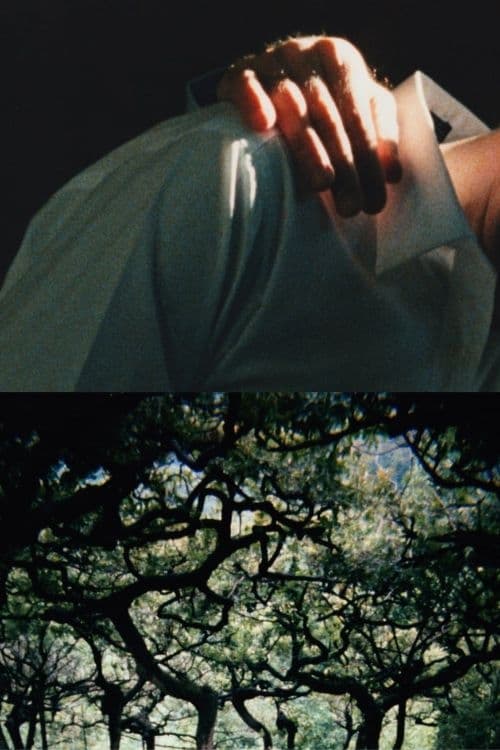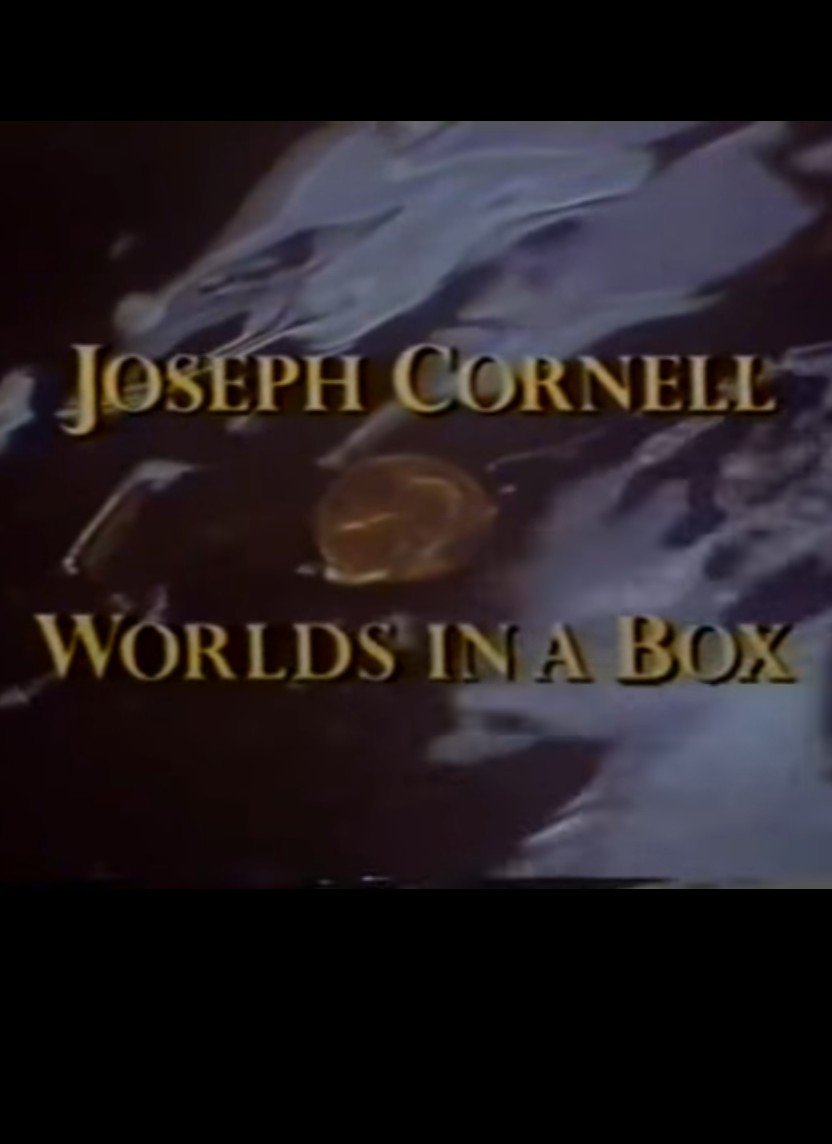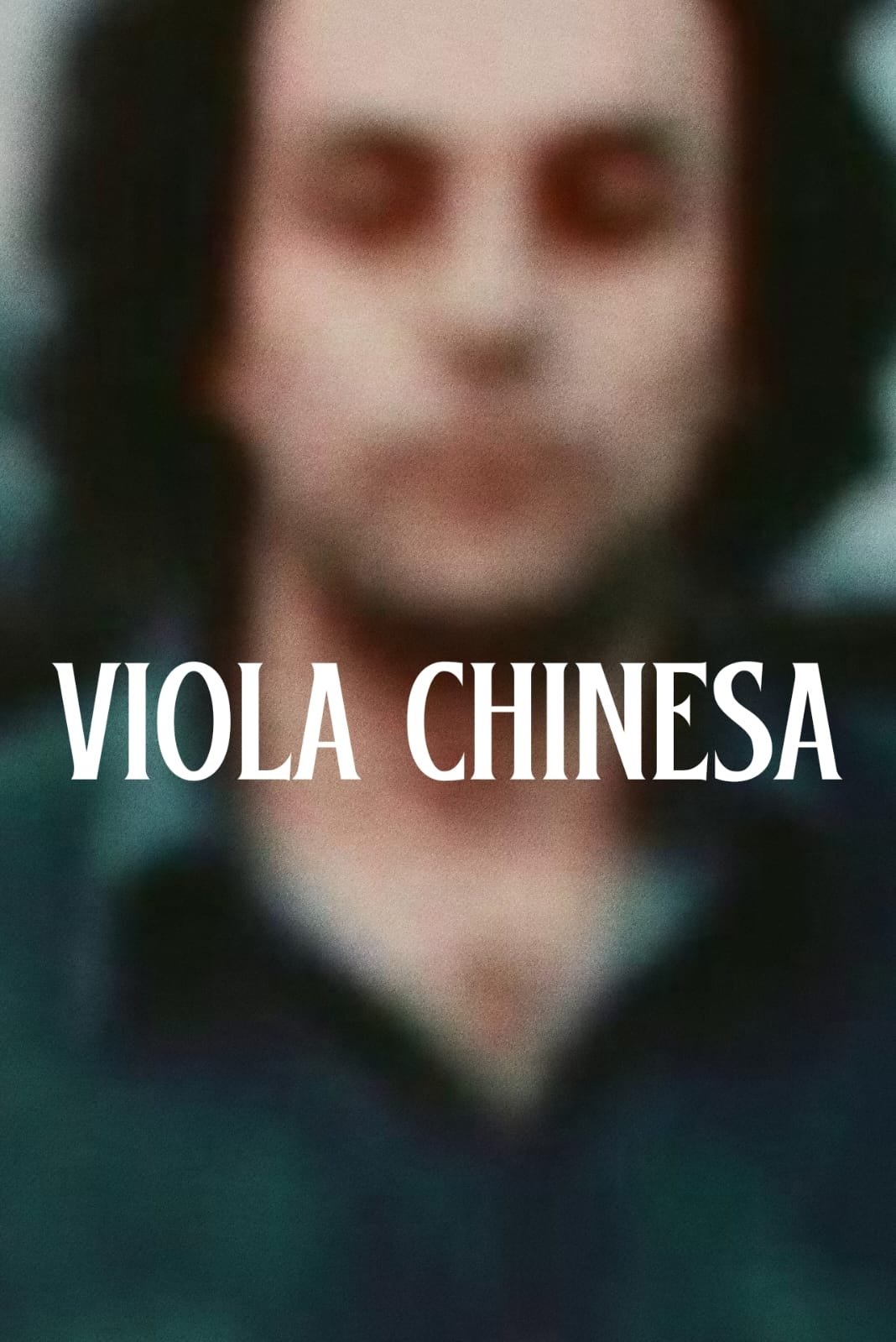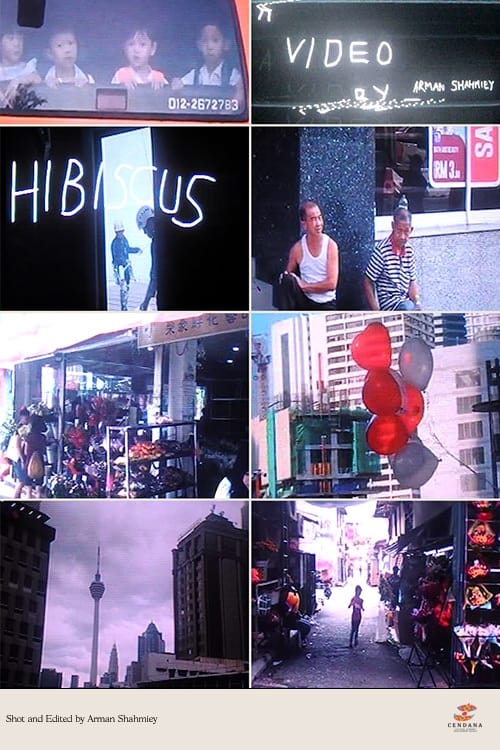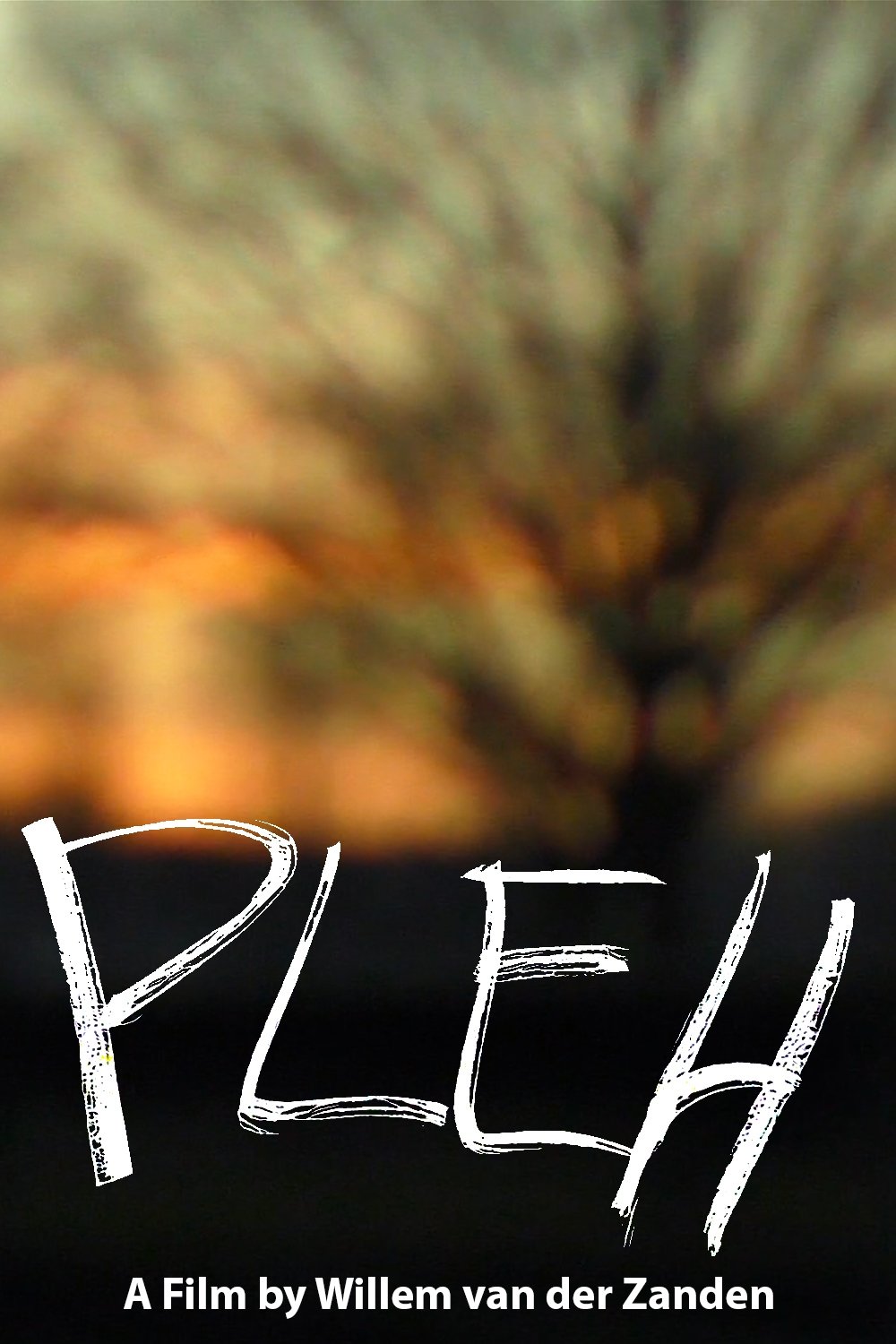Cast & Crew
6 members
Acting
Oscar de la Cueva
Unknown Role
No Image
Acting
Akira Aero
Unknown Role
No Image
Directing
Ego Rangel
Unknown Role
No Image
Acting
Maritza Peraza
Unknown Role
No Image
Acting
Guillermo Rangel
Unknown Role
No Image
Acting
Alexis Aviña
Unknown Role
No Image
Similar Movies
Recommended Movies

No Recommendations Yet
We're working on finding the perfect movies for you. Check back soon!
More movies coming soon
